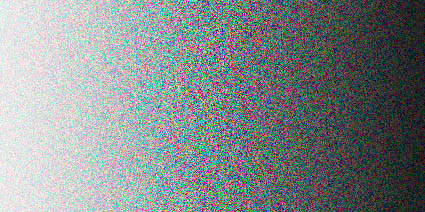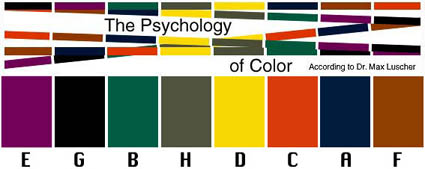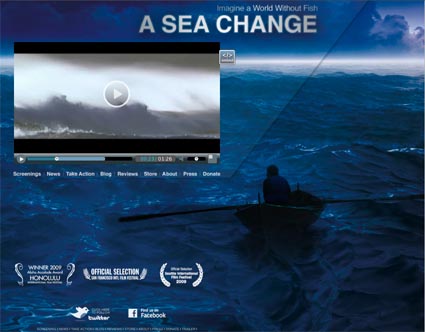Dave McDonell on Noise

Dave McDonell, cofounder of Imagenomic, the company that makes Noiseware, my favorite noise reduction software weighs in on noise.
JPC Where does noise come from?
DM There are several factors in a digital camera capture process that contribute to noise. The most prevelant are temperature, the actual capture circuitry, sensor size, and the process of sub-sampling which induces errors between adjacent pixels.
JPC Why is chrominance noise so much easier to reduce than luminance noise?
DM It’s really not in application. It’s just that you perceive changes in luminosity or brightness much easier than you do in color.
JPC Fine color noise is easier to reduce than coarse color noise, like the color patterns created by demosaicing bayer patterns. When are you most likely to encounter this type of noise? How should you treat it differently? How far can you go?
DM There are no hard and fast rules for any of the above questions as all are dependent on the capture situation and subsequent output medium.










